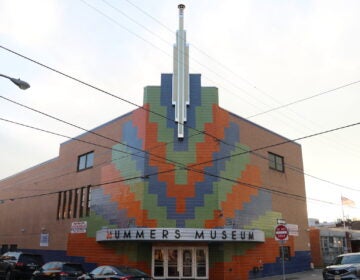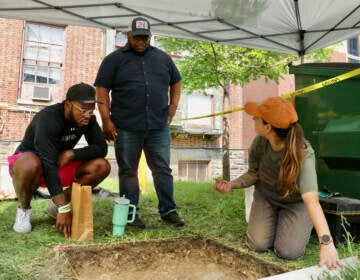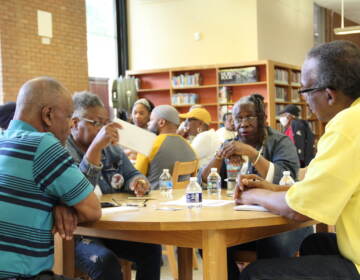Philly’s displaced communities reunite every year to keep neighborhood spirit going
Former rivals from 13th Street and 5th Street now welcome each other, exchanging invites instead of blows, as they reconnect.
Listen 3:45
Quran, 6, of Southwest Philadelphia, has his face painted at the Southwark Projects Reunion at Jefferson Square Park by Latonia Brown, owner of Golden Brownie Art. (Natalie Piserchio for WHYY)
Every third Saturday in July, former neighbors of 13th Street in Hawthorne reunite in their old South Philadelphia neighborhood.
They gather at Ridgeway Park, fire up the grill, turn up the music, and invite everyone in the area to come celebrate.
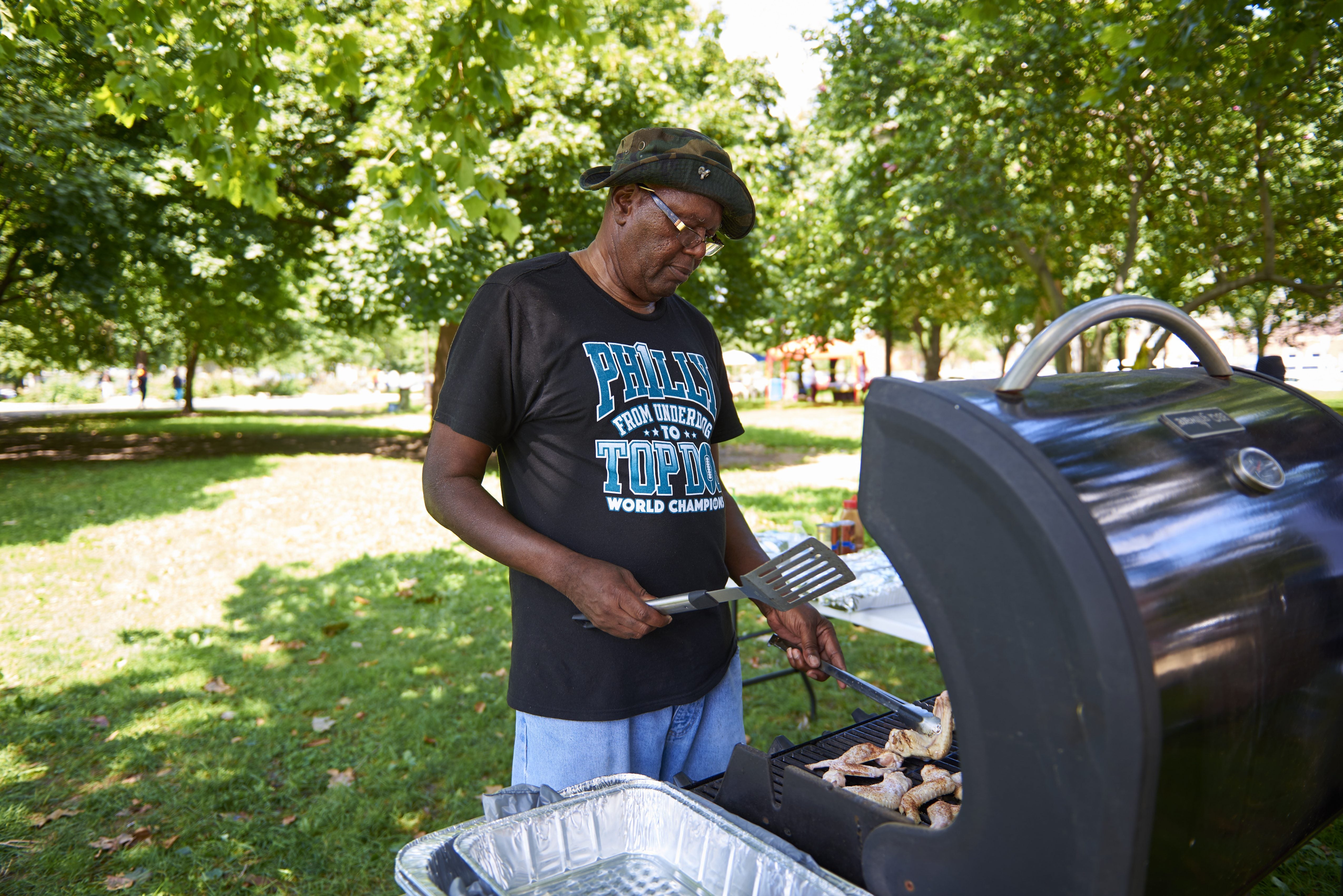
Rita Crawford, 54, once lived in the now-defunct Martin Luther King projects at 13th and Fitzwater streets. Now living in North Philadelphia, she said the only reason she left the old neighborhood was demolition of the projects.
“We had to keep 13th Street alive,” she said. “They took the projects from us. So this is the way all 13th Street neighbors could get together.”
These reunions happen throughout the city, with a few in South Philadelphia.
Some are organized by people who used to commit crimes in their old stomping grounds and are now working to give back.
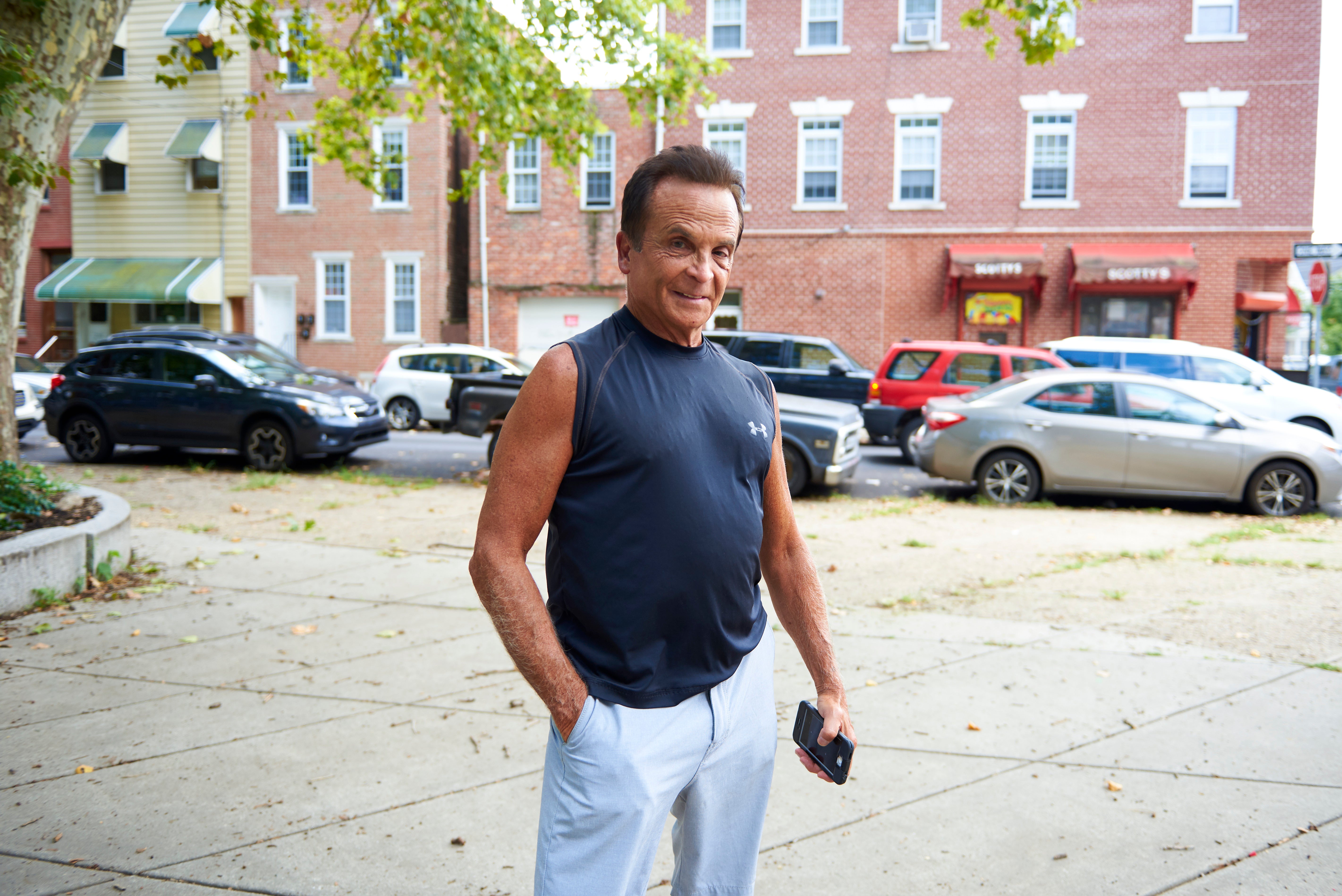
Zachary Sams, 62, an organizer for the 13th Street reunion, said arranging the event is an act of community service.
“You know, you grow up,” he said. “When you know better, you do better.”
For decades, 13th Street had a bad reputation. At one point, the projects were unwalkable for strangers and even earned the nickname “Saigon,” a reference to that embattled city during the Vietnam War.
And during the ‘60s and ‘70s, gangs from 13th Street tangled with those from 5th Street, eight blocks away in Queen Village, where the Southwark projects once stood.
Sam Clifton, 65, used to live in those projects. He said walking to school at Bartlett Junior High, on 11th and Catharine was treacherous.
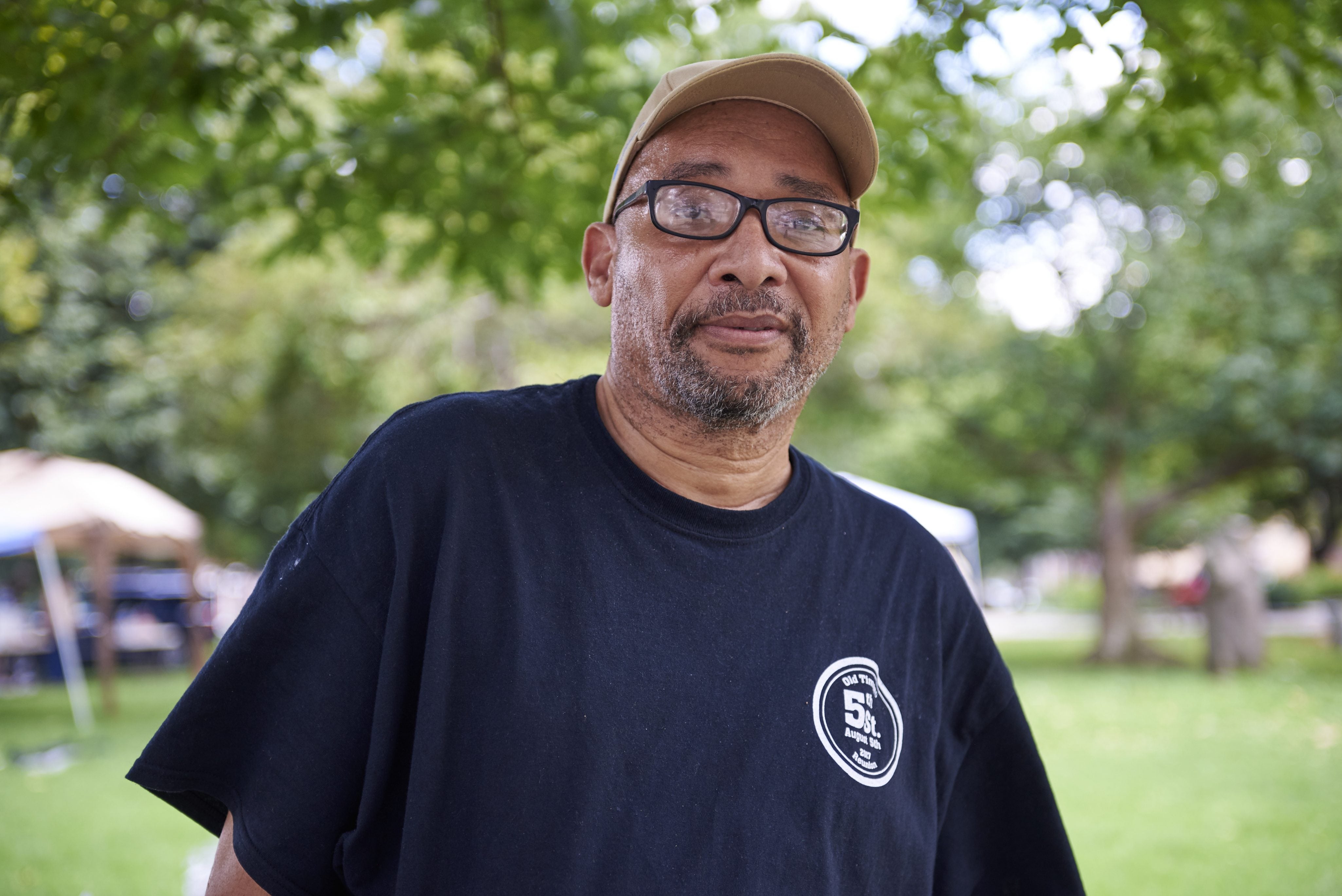
“We always had to fight going up and fight coming back,” he said.
In the weeks after the 13th Street reunion, 5th Streeters hold theirs at Jefferson Square Park. Hundreds make the pilgrimage to the park to reconnect with family and friends who lived near Southwark projects North and South of Washington Avenue.
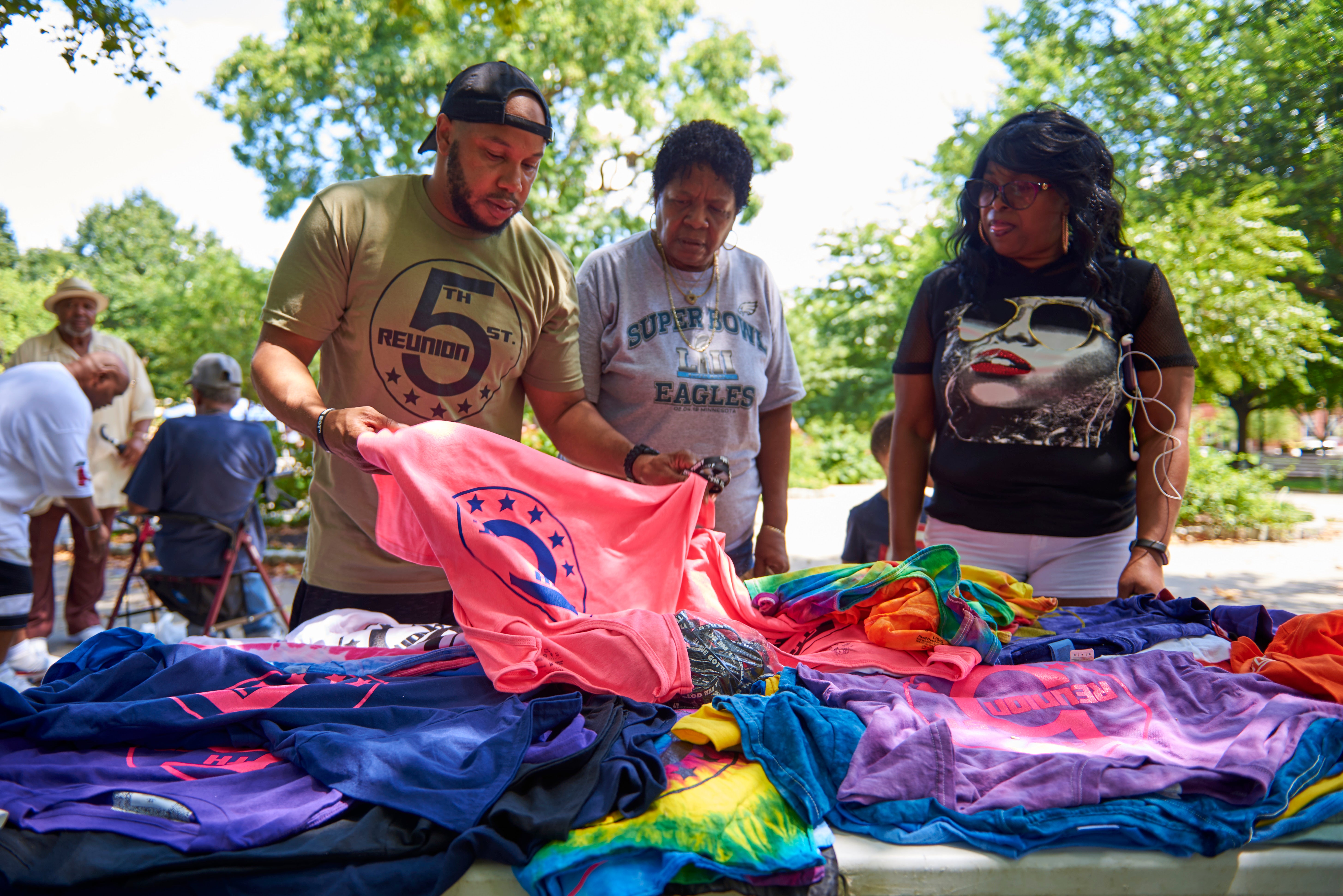
The former rivals now welcome each other, exchanging invites instead of blows.
“We all patronize each other and show the support,” Andre McCleary, 57, an organizer of the 5th Street reunion.
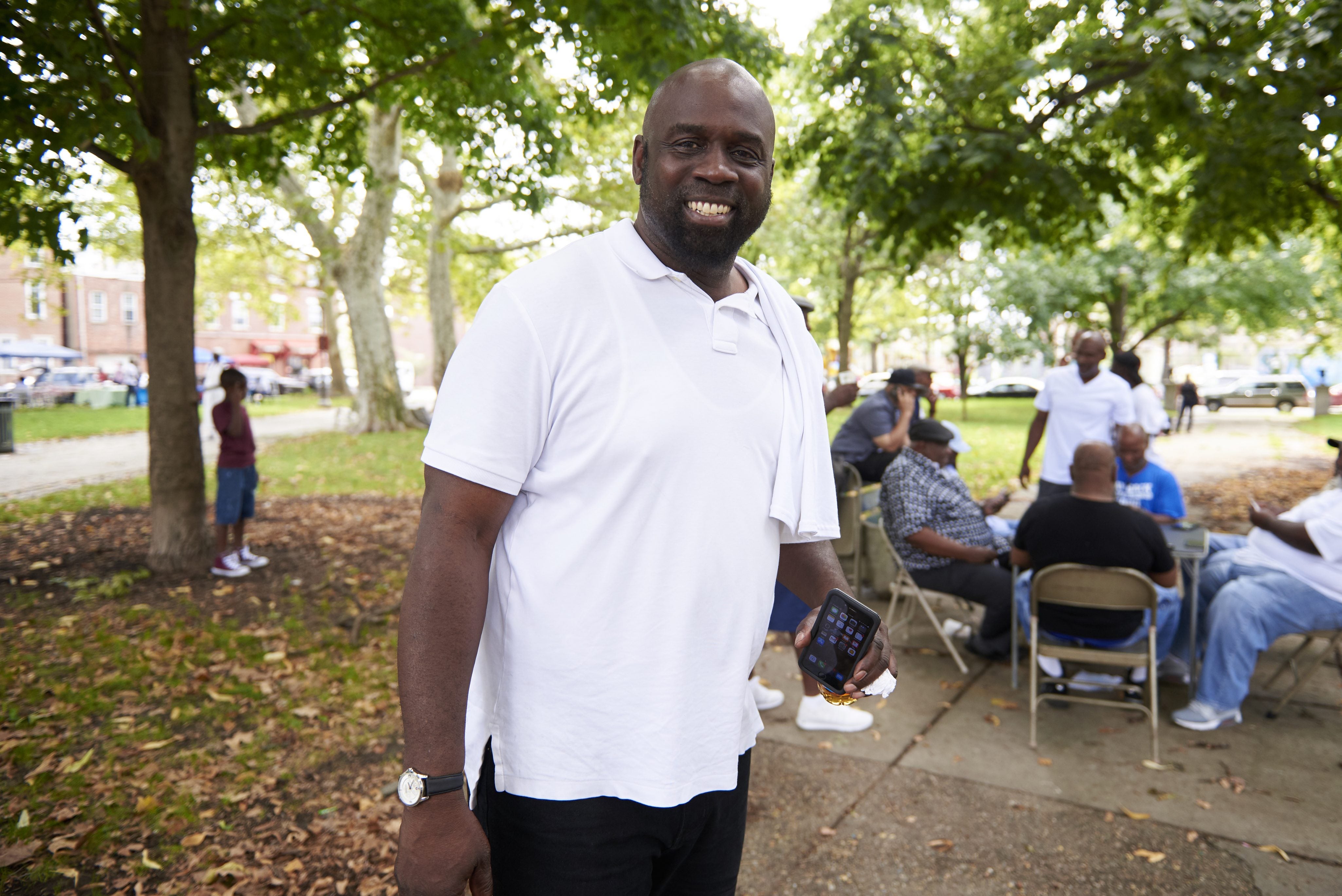
“Because that’s what our communities do now. We support each other in everything that we do. As long as it’s positive,” he said. “As long as it’s positive we support each other.”
But despite the hugs and friendly card games, the reunion is bittersweet. The demolition of both King and Southwark projects in 2000 signified the end of an era, and the stretch of South Philadelphia east of Broad between South and Washington underwent drastic changes.
Census data shows that between 2000 and 2016 almost half of the black population decreased, while the white population grew, bringing in higher incomes.
Former residents said increased property taxes and over-policing made it difficult for them to stay.
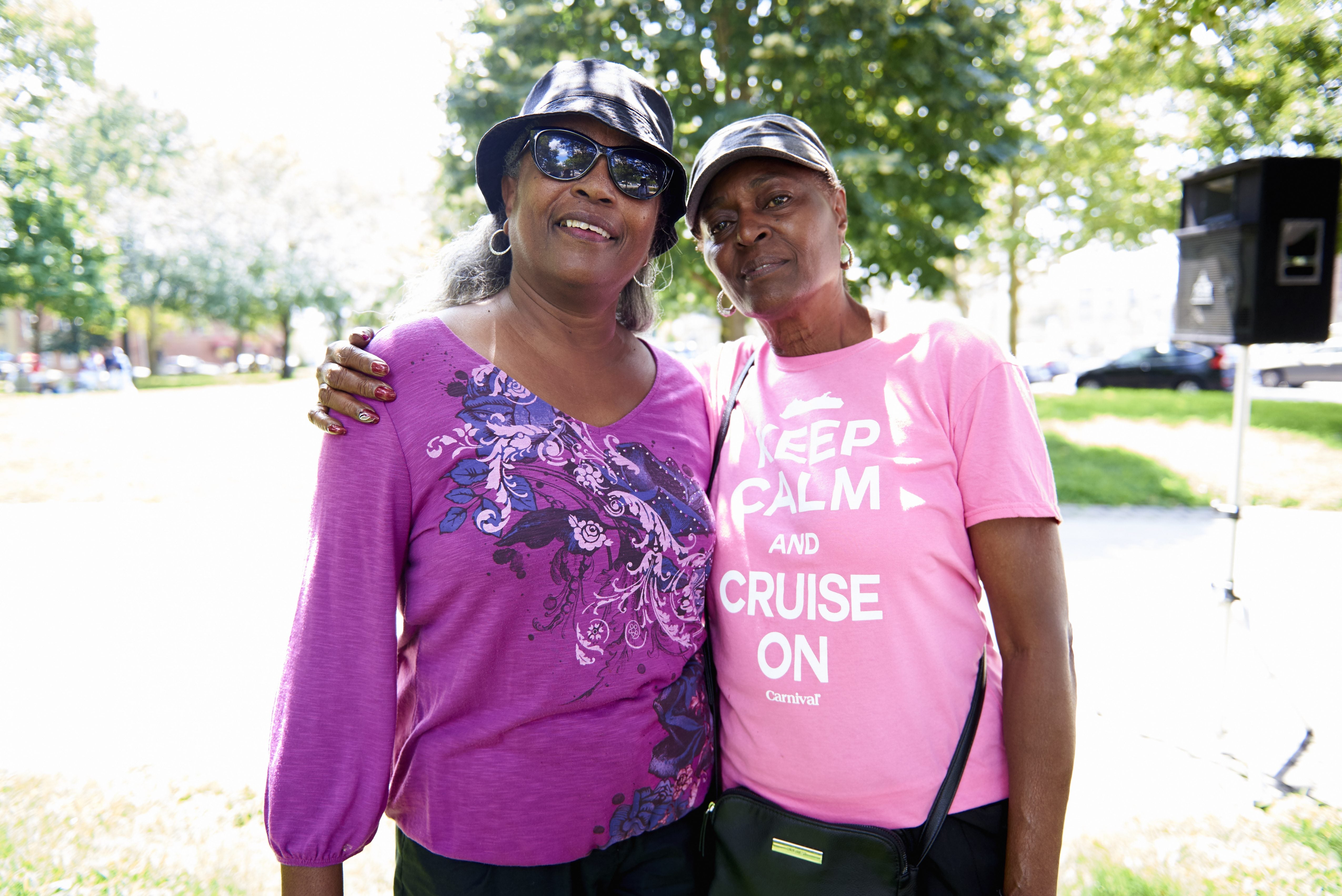
“This a good day, but a sad day at the same time,” Allen Stratton, 44, who left King projects in 1998, and now lives in North Philadelphia. “We come here to celebrate each other because we were dispersed.”
Stratton also said the neighborhood had its problems with crime, but the community was tight-knit. Clifton echoed the sentiment about his neighbors.
“Building to building, everybody had their doors open to welcome you,” he said. “That’s the way it was.”
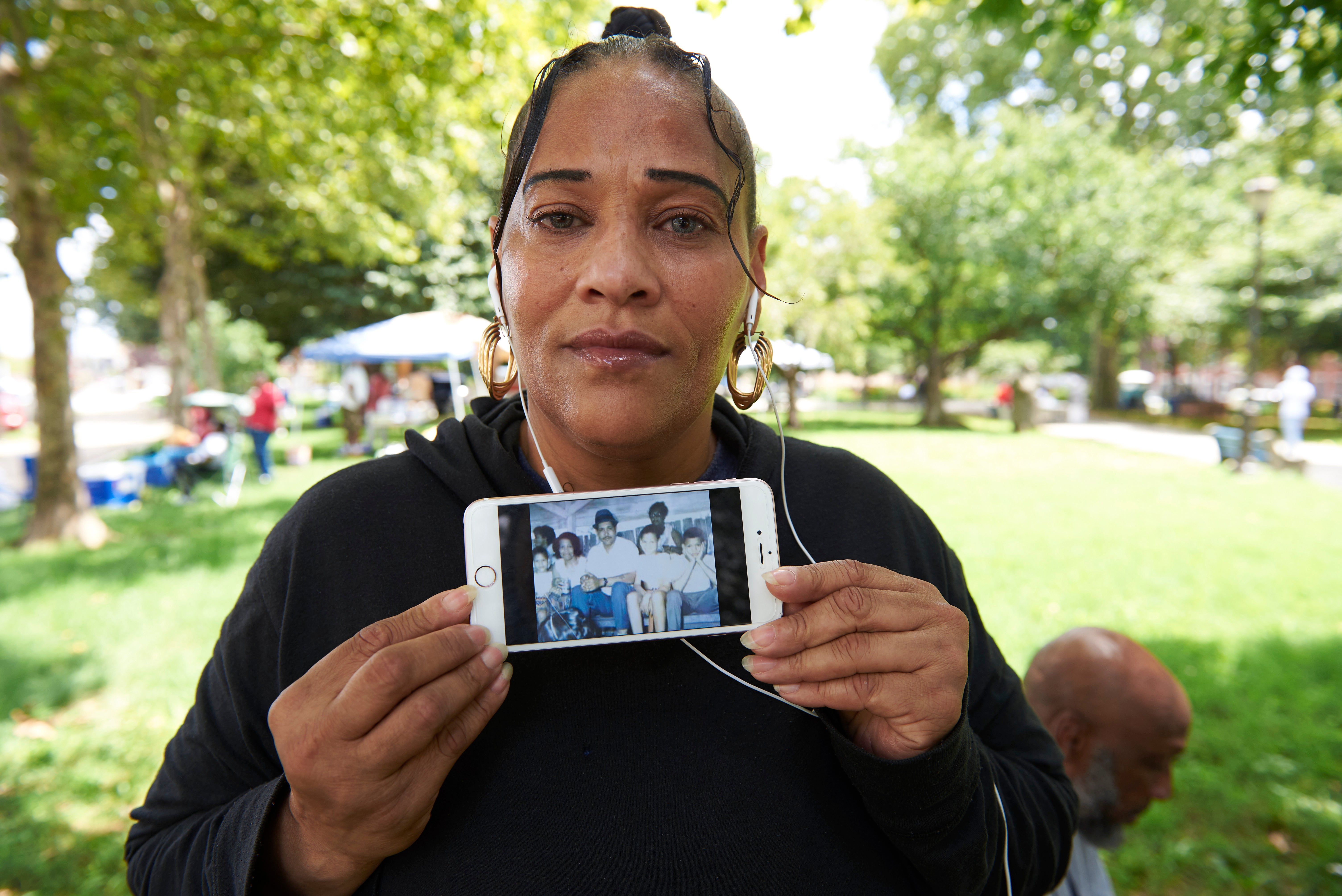
Organizers said they plan to keep the reunion going for as long as they can, with hopes of passing on the tradition to the next generation.
Neither party reported any serious conflicts with getting permits or new residents, who are more than welcome to partake.
For elders especially, what’s most important is reuniting before the inevitable.
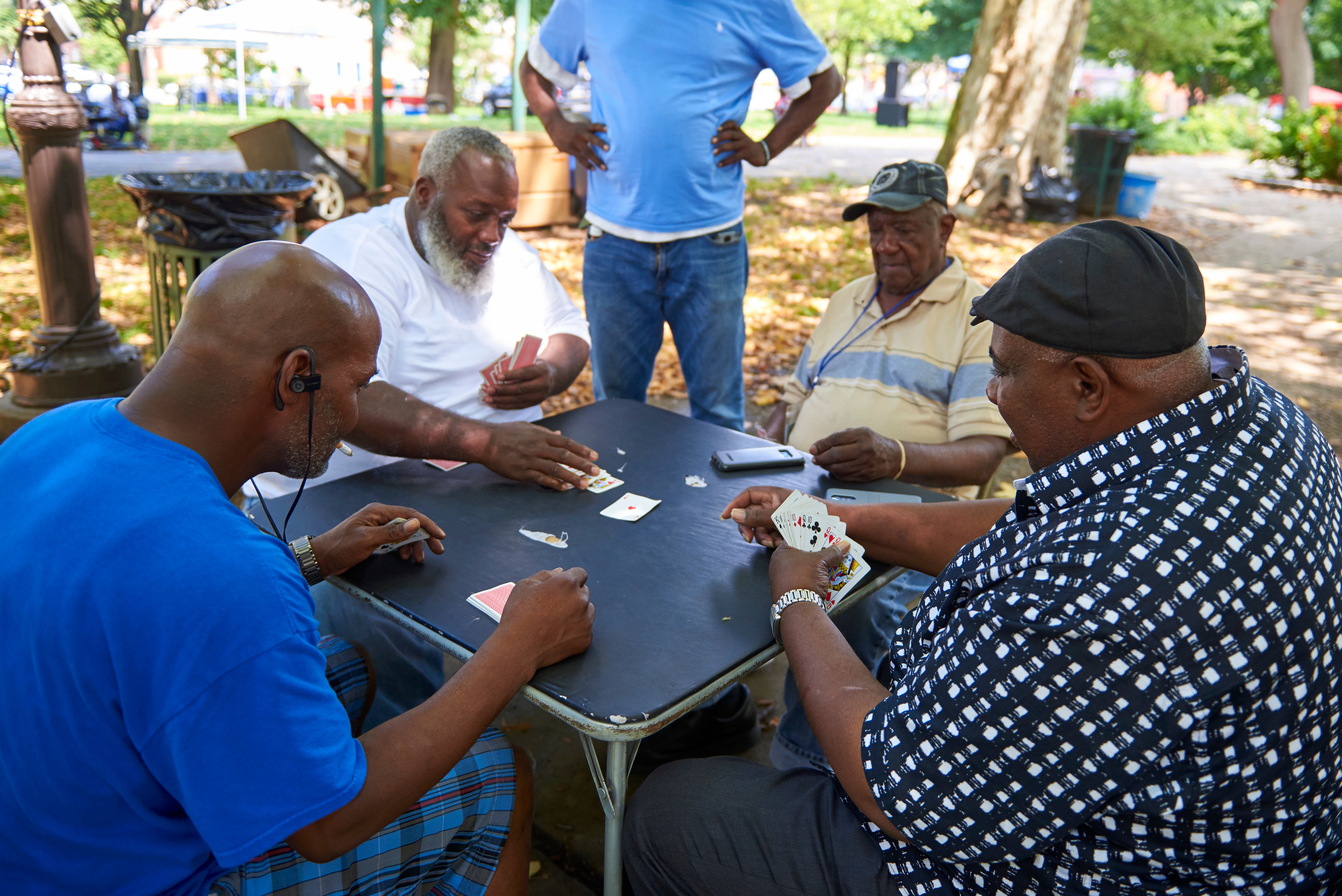
“I look forward to this every year,” Clifton said. “You might not be here next year.”
WHYY is your source for fact-based, in-depth journalism and information. As a nonprofit organization, we rely on financial support from readers like you. Please give today.


